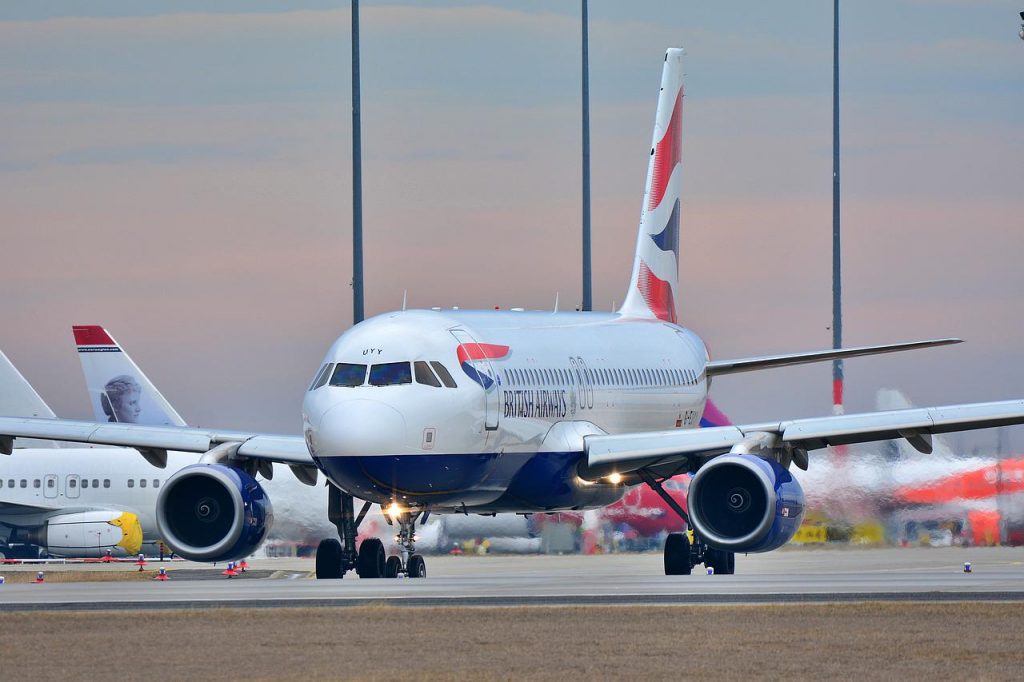How Pilot Shortages Are Plaguing The Airline Industry
Pilot shortages are plaguing the airline industry as a whole, the vast shortages are having significant impacts on travel.
This article is more than 2 years old

Along with rising inflation, the continuing supply chain crisis, and the after-effects of the global pandemic, the United States is also facing the worst pilot shortage in recent memory. The problem is complicating airlines’ efforts to ramp up flights, forcing them to step up training programs, recruit foreign pilots and even replace planes with buses, Bloomberg reports. Some carriers have even been forced to cut flights. This move has been very disheartening for travelers returning to the skies after more than two years of Covid-related restrictions.
As the industry scrambles for solutions to the pilot shortage, one lawmaker is considering legislation that could increase the federally-mandated retirement age for airline pilots from 65 to 67 or higher. Airlines are also considering lowering applicant standards to enter their training programs. Delta Air Lines, along with other major carriers, has already dropped the four-year degree from its pilot hiring requirements. Frontier, and some of its counterparts are also recruiting pilots from Australia. Meanwhile, American Airlines is selling bus tickets as an alternative to shorter travel routes.
Although these solutions might solve the problem in the short term, some airline executives say it could take years to completely solve the problem. Speaking about the crisis on a quarterly earnings call in April, United Airlines CEO Scott Kirby told CNBC the pilot shortage in the industry is a very real issue. “Most airlines are not going to be able to realize their capacity plans because there simply aren’t enough pilots,” he explained. He added that it wouldn’t be resolved for at least the next five years or more. Kirby also estimated the regional carriers United Airlines works with have grounded about 150 planes due to the lack of pilots.
Interestingly, the pilot shortage isn’t a new problem. Airlines already had difficulty finding and retaining pilots before the pandemic halted hiring, as training and licensing slowed down. But the exodus of employees at the start of the 2020 downturn left the industry unprepared for a rebound. Thousands of pilots accepted buyouts or retired early when federal aid to avoid lay-offs failed to cover all the airlines’ labor costs. This was especially true for more seasoned pilots earning six-figure salaries, Bloomberg says. Now, two years on, airlines are unable to find enough qualified people to reinstate route maps.
According to federal labor statistics, the industry needs to hire an average of 14,500 new pilots each year until 2030 to fix the shortage. But carriers say it’s not logistically possible to bring on that many people due to long lag times for credentialing. But major airlines are still trying to hire more than 12,000 pilots this year alone. The figure is more than double the previous record in annual hiring, according to Pilot Pay Consultant Kit Darby. Unfortunately, the rush may take too long to avoid flight cuts.
Sadly, the pilot shortage is more severe at regional airlines where pilot ranks have been depleted by hiring at larger carriers that offer higher salaries and larger retention bonuses. “We don’t have the regional aircraft flying right now [that] we would like,” American’s Chief Executive Officer, Robert Isom, told CNBC in April. As such, travelers should expect higher fares, fewer flights, and more cancellations in the coming years.





